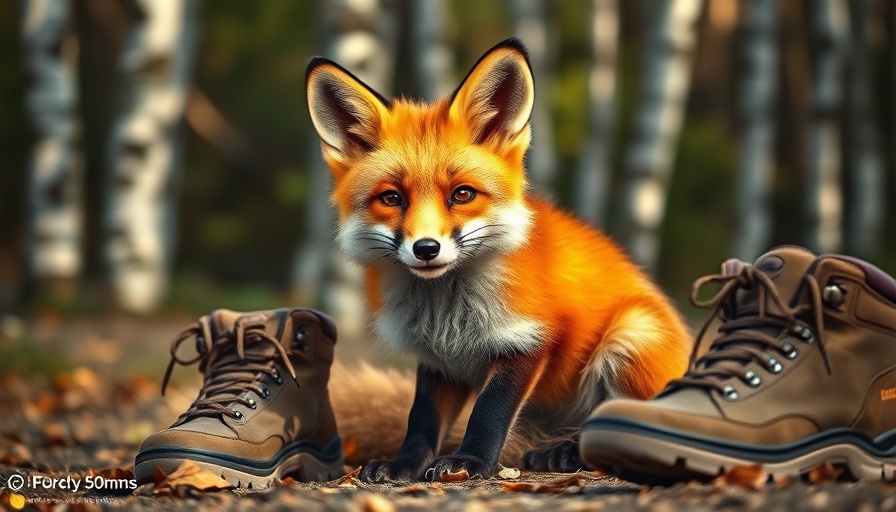
Fossil Discovery Sparks Excitement Among Paleontology Enthusiasts
In an intriguing turn of events, paleontologist Dr. Michael B. has successfully reunited two halves of a fossil that were separated across different museums, culminating in the discovery of a previously unidentified species. This astonishing revelation shines a spotlight on the often overlooked significance of collaborative research in the field of paleontology.
The Fascinating Process of Fossil Matching
Originally, the two halves of the fossil resided at San Diego's Museum of Natural History and a museum in New York. Dr. Michael’s investigative journey was initiated when he stumbled upon a related research paper while on a quest for his current project. After confirming that he possessed one half, he recognized the potential for identifying a new species. This prompted him to engage with the curators at both institutions.
Why Collaboration is Essential in Science
According to experts, this incident exemplifies the power of collaboration in science, where shared resources and knowledge can lead to significant breakthroughs. In a time when science often emphasizes individual research, initiatives like this remind the scientific community—and the public—of the value of cross-institutional partnerships. Similar discoveries have often resulted from the pooling of fossils across various collections, highlighting that a single fossil could tell a multifaceted story.
Local Implications of Scientific Discoveries
For residents of San Diego, the relevance of this discovery transcends the scientific realm; it represents a connection to local heritage and education. Museums across Southern California, particularly in San Diego, play a vital role in educating citizens about paleontology and the natural world. This particular fossil discovery can act as an ignition point for public interest, inspiring school programs and community discussions on the importance of our prehistoric neighbors.
The Future of Paleontology and What Lies Ahead
Looking ahead, this discovery brings forth questions about future fossil explorations and the potential for more untold species hiding within museum collections. With advances in technology and collaborative research becoming more prevalent, paleontologists expect to yield more findings that challenge existing classifications and deepen our understanding of past ecosystems.
Conclusion: The Call for Community Engagement
As San Diego locals, it’s crucial to engage with our museums and support the dialogues surrounding their findings. Participating in events such as exhibitions or local talks can enrich understanding and appreciation for our shared past. Get involved and visit your local museum to discover how you can contribute to ongoing research!
 Add Row
Add Row  Add
Add 




 Add Row
Add Row  Add
Add 

Write A Comment